Milo of Croton - Part 2: Phase 1 - Building Your Foundation (Or: How Not to Drop a Bull on Your First Day)

Remember Milo? The guy who went from carrying a newborn calf to hoisting a full-grown bull like it was a gym bag? Well, if you read Part 1, you know his secret: progressive overload, consistency, and starting ridiculously light.
Now comes the fun part. You get to actually DO it.
But here's the thing: Milo didn't just wake up one morning, grab that calf, and start doing Bulgarian split squats on a BOSU ball while juggling kettlebells. He started simple. He focused on the basics. And most importantly, he learned how to carry that calf properly before it turned into a 1,200-pound beast with an attitude problem.
That's what Phase 1 is all about: building your foundation with proper technique, smart exercise selection, and a program so straightforward your grandmother could follow it (and honestly, she probably should).
Welcome to Phase 1: The "Training is About Results, not Impressing People" Phase
Phase 1 is your 3-4 week introduction to Getting MuscleD. Think of it as Milo's first month with the calf, when he was figuring out the best way to carry it without looking like he was wrestling an angry pillow.

Your mission, should you choose to accept it:
- Master proper technique on 10 fundamental exercises
- Complete 3 sets of 10 reps for each movement
- Finish with 15-30 minutes of cardio
- Do this consistently for 3-4 weeks
- If your technique breaks down, the weight is too heavy. Proper technique is more important than how much weight you use
That's it. No fancy periodization. No Instagram-worthy circus tricks. Just you, some weights, and the ancient art of not hurting yourself.
The Foundation Five: Large Multi-Joint Movements First

Milo didn't start by training his left pinky finger in isolation. He carried the whole calf, engaging his entire body in coordinated, functional movements. You're going to do the same thing with what we call the Foundation Five: large, multi-joint exercises that recruit multiple muscle groups and teach your body to work as a unit.
1. Leg Press or Squat
What it does: Builds your legs, glutes, and core while teaching you how to move heavy loads safely.
Why it matters: Your legs contain the largest muscles in your body. Training them creates a massive metabolic demand, releases growth hormones, and builds the foundation for every athletic movement you'll ever do. Plus, nobody wants to be the person with a great upper body and chicken legs.
Muscle D Equipment Recommendations:

- Excel Linear Bearing Leg Press - Our top-selling leg press features an intuitive foot plate design, smooth resistance, and an adjustable back pad that accommodates all body types. Perfect for beginners learning proper foot placement and range of motion.
- Power Leverage V2 Pendulum Squat - Provides the benefits of free-weight squats with added stability and safety. The natural movement path and multiple foot positions make it ideal for mastering squat technique.
- TGrip Half Rack - The classic barbell squat in a half rack, the king of exercises for full engagement of the quads, glutes, and hamstrings, and all stabilizer muscles.
Technique focus:
- Feet shoulder-width apart, toes slightly out
- Full range of motion (thighs parallel to ground or deeper)
- Knees track over toes, never caving inward
- Core braced like you're about to get punched
- Control the descent, drive through the heels
Common mistakes: Letting knees collapse inward, bouncing at the bottom, rounding the lower back, or going so heavy you look like you're trying to pass a kidney stone.
2. Chest Press or Bench Press
What it does: Develops your chest, shoulders, and triceps while teaching you to press weight away from your body.
Why it matters: Pressing movements are fundamental to human function. Whether you're pushing open a heavy door, getting up from the floor, or fending off an overly aggressive hugger, you need strong pressing muscles.
Muscle D Equipment Recommendations:

- Excel Leverage Bench Press - Features adjustable seat height, ergonomic handle positions, and a natural pressing path that mimics the free-weight bench press. The plate-loaded design makes it easy to find your perfect starting weight.
- Vogue Selectorized Chest Press - A reliable, durable option with independent arm movement that helps identify and correct strength imbalances between sides.
- Olympic Flat Bench - For those preferring traditional barbell or dumbbell work, our commercial-grade flat bench provides rock-solid stability for safe pressing.
Technique focus:
- Shoulder blades pulled back and down (imagine pinching a pencil between them)
- Elbows at a 45-degree angle to your torso, not flared out like a chicken
- Bar or handles touch your chest, then press straight up
- Feet flat on the floor for stability
- No bouncing the bar off your sternum (your ribs will thank you)
Common mistakes: Flaring elbows out to 90 degrees (hello, shoulder pain), arching your back like a suspension bridge, or lifting your butt off the bench to squeeze out that last rep your ego wants but your rotator cuff doesn't.
3. Shoulder Press
What it does: Builds your deltoids, upper chest, and triceps while improving overhead stability.
Why it matters: Strong shoulders are essential for reaching, lifting, and maintaining good posture. Plus, they make you look good in t-shirts, which is scientifically proven to boost confidence by at least 47%.
Muscle D Equipment Recommendations:

- Power Leverage V2 Shoulder Press - Our flagship shoulder press features a stable base, multiple grip options, and a biomechanically correct pressing angle that protects your shoulders while maximizing deltoid engagement.
- Vogue Selector Shoulder Press - Adjustable seat ensures proper alignment for all body types. The smooth, controlled resistance is perfect for learning proper overhead pressing technique.
- Dumbbell Shoulder Press On a Utility Bench - Independent loading allows a converging press path and natural shoulder movement, reducing joint stress while fully activating the shoulders and triceps.
Technique focus:
- Core tight, ribs down (don't arch your lower back)
- Press straight up, not forward
- Full lockout at the top without hyperextending
- Control the descent
- Breathe (seriously, people forget this)
Common mistakes: Turning it into a standing bench press by leaning back, pressing the weight forward instead of up, or using so much momentum you look like you're trying to launch a rocket.
4. Row (Seated, Cable, or Machine)
What it does: Strengthens your back, rear delts, and biceps while teaching you to pull weight toward your body.
Why it matters: For every push, you need a pull. Rows balance out all that pressing work, improve posture, and prevent you from developing the "office worker hunch" that makes you look like you're perpetually apologizing.
Muscle D Equipment Recommendations:

- Excel Leverage Seated Row - Features a comfortable chest pad for torso support, multiple grip attachments, and a smooth pulling path that teaches proper scapular retraction. This is our most popular back training machine.
- Vogue Diverging Low Row - Provides excellent lat and upper back engagement with iso-lateral loading and free-moving handles for perfect positioning.
- Dumbbell Bent Row - Independent-arm movement lets you work each side separately. Classic pulling exercise for exceptional muscle activation.
Technique focus:
- Chest up, shoulders back
- Pull with your elbows, not your hands
- Squeeze your shoulder blades together first and drive your elbows back
- Control the return
- Keep your torso stable (no rocking back and forth like you're in a rowboat)
Common mistakes: Using momentum to yank the weight, rounding your upper back, or pulling with your biceps instead of your back muscles (your lats should be doing the heavy lifting here, not your arms).
5. Lat Pulldown
What it does: Develops your lats, upper back, and biceps while teaching vertical pulling patterns.
Why it matters: Lat pulldowns build the foundation for pull-ups, improve shoulder health, and create that coveted V-taper that makes your waist look smaller without actually having to do more cardio.
Muscle D Equipment Recommendations:

- Vogue Assisted Pull-Up - The Lat Pulldown is a machine version of a Pull-Up. Get a true Pull-Up done with the assistance you need to get reps in Multiple grip Options. The high-quality pulleys and linear bearings ensure consistent resistance throughout the entire range of motion.
- Excel Leverage Lat Pulldown - Commercial-grade construction with ergonomic seat design and easy weight adjustment. Perfect for beginners learning proper pulling mechanics.
- Vogue Cable Lat Pulldown - Classic cable lat pulldown exercise for maximal lat activation.
Technique focus:
- Slight lean back (about 15 degrees, not 45)
- Pull the bar to your upper chest
- Pull your shoulders down and lead with your elbows
- Squeeze at the bottom
- Control the ascent
Common mistakes: Leaning back so far you're basically doing a rowing motion, yanking the bar down with momentum, or pulling the bar behind your neck (unless you enjoy shoulder impingement and neck pain).
The Finishing Five: Isolation Movements

Once you've completed your Foundation Five, it's time for the Finishing Five: isolation exercises that target specific muscles and help you develop balanced strength and aesthetics.
Think of these as Milo taking time to specifically strengthen his grip, his forearms, and his core after carrying the calf. The big movements did most of the work, but these finishing touches made him complete.
6. Biceps Curls
What it does: Isolates your biceps for arm development and elbow flexion strength.
Why it matters: Strong biceps help with pulling movements, carrying groceries, and looking good when you flex in the mirror (don't pretend you don't do it).
Muscle D Equipment Recommendations:

- Vogue Iso-Lateral Biceps Curl - Dedicated biceps machine with an arm pad that isolates the biceps and prevents cheating. The ergonomic design ensures proper elbow positioning throughout the movement.
- Dual Adjustable Pulley Cable Station - Versatile cable system perfect for various curl variations (straight bar, EZ bar, rope). Adjustable pulley height allows for different curl angles.
- Free Weight Preacher Curl Bench - For those using free weights, our preacher curl bench provides the arm support needed to maintain strict form and maximize biceps isolation.
Technique focus:
- Elbows stay at your sides
- Full range of motion
- Control both up and down
- No swinging or using momentum
7. Triceps Extensions
What it does: Isolates your triceps for arm development and elbow extension strength.
Why it matters: Your triceps make up two-thirds of your upper arm mass. Want bigger arms? Train your triceps. Also, they're crucial for all pressing movements.
Muscle D Equipment Recommendations:

- Vogue Selectorized Triceps Extension - Purpose-built triceps machine with adjustable seat, iso-lateral loading. Excellent for training the triceps from origin and insertion at the same time..
- Dual Adjustable Pulley Cable Station - Ideal for triceps pushdowns, overhead extensions, and kickbacks. Multiple rope and bar attachments provide variety while maintaining proper form.
- Power Leverage V2 Triceps Dip Station - Provides stable, comfortable handles, multiple grip options, proper bar spacing, and iso-lateral loading for optimal triceps engagement.
Technique focus:
- Keep your shoulders back
- Full extension at the bottom
- Controlled return
- Don't let your elbows flare out
8. Leg Extensions
What it does: Isolates your quadriceps for knee extension strength and muscle development.
Why it matters: Strengthens the muscles around your knee joint, helps with knee stability, and ensures your quads are fully developed.
Muscle D Equipment Recommendations:

- Excel Selector Leg Extension - Features adjustable back pad and ankle pad positioning to accommodate all leg lengths. The pivot point aligns with your knee joint for biomechanically correct movement.
- Power Leverage V2 Leg Extension - Durable construction with comfortable padding and smooth resistance curve. The adjustable shin pad ensures proper contact points for all users.
- Vogue Selector Leg Extension - Premium option with ergonomic seat design and easy entry/exit for seamless transitions during circuit training.
Technique focus:
- Adjust the machine so the pad hits just above your ankle
- Full extension at the top
- Control the descent
- Don't lock out aggressively
9. Leg Curls
What it does: Isolates your hamstrings for knee flexion strength and muscle development.
Why it matters: Balances out your leg development, protects your knees, and prevents the "all quads, no hammies" look that makes your legs look like upside-down bowling pins.
Muscle D Equipment Recommendations:

- Vogue Selector Leg Curl (Seated) - Our most popular hamstring machine features adjustable back support and ankle pad positioning. The seated position provides excellent isolation and reduces lower back stress.
- Power Leverage V2 Leg Curl (Lying) - Traditional lying leg curl with a comfortable chest pad and adjustable ankle roller. Perfect for those who prefer the prone position for hamstring training.
- Excel Kneeling Leg Curl - Focused hamstring isolation from a kneeling position.
Technique focus:
- Adjust the machine properly
- Full contraction at the top
- Controlled release
- Keep your hips down
10. Abdominal Exercise (Crunches, Planks, or Cable Crunches)

What it does: Strengthens your core for stability, power transfer, and not looking like you're smuggling a beach ball under your shirt.
Why it matters: Your core is the foundation for every movement you do. A strong core improves your performance in all other exercises, protects your lower back, and helps you maintain good posture.
Muscle D Equipment Recommendations:

- Power Leverage V2 Abdominal Crunch - Dedicated ab machine with plate-loaded resistance and rotational adjustment to target obliques. The clamshell design trains from origin and insertion simultaneously, providing a complete range of motion from extension to flexion.
- Dual Adjustable Pulley Cable Station - Perfect for cable crunches, woodchops, and various rotational core exercises. The adjustable pulley system allows for multiple ab training angles.
- Open Floor Space with Mats - Sometimes the best ab work requires no equipment at all. Use the floor or mats for planks, crunches, and bodyweight core exercises.
Technique focus:
- Quality over quantity
- Full contraction
- Controlled movement
- Breathe (exhale on the contraction)
The Program: Two Ways to Get It Done
Here's where it gets interesting. You can complete this workout in two different ways, depending on your goals, time constraints, and personal preference.
Method 1: Straight Sets (The Traditional Approach)
Complete all 3 sets of one exercise before moving to the next.
Example:
- Leg Press: Set 1, rest, Set 2, rest, Set 3, rest
- Move to Chest Press: Set 1, rest, Set 2, rest, Set 3, rest
- Continue through all 10 exercises
Pros: Allows maximum focus on each exercise, typically allows for heavier weights, and is easier to track progress.
Cons: Takes longer (25% more time for the resistance portion) and provides less cardiovascular benefit.
Best for: People who want to maximize strength gains, have plenty of time, or prefer a more traditional gym experience.
Method 2: Circuit Training (The Time-Efficient Approach)
Complete 1 set of each exercise in succession, then repeat for 3 total circuits.
Example:
- Circuit 1: Leg Press (10 reps), Chest Press (10 reps), Shoulder Press (10 reps), Row (10 reps), Lat Pulldown (10 reps), Biceps Curl (10 reps), Triceps Extension (10 reps), Leg Extension (10 reps), Leg Curl (10 reps), Abs (10 reps)
- Rest 2-3 minutes
- Repeat for Circuits 2 and 3
Pros: Time-efficient (usually 30-40 minutes), keeps heart rate elevated, builds work capacity, never gets boring.
Cons: May require lighter weights initially, gym equipment availability can be an issue, and slightly less optimal for pure strength gains.
Best for: People with limited time, those who want cardiovascular benefits while strength training, and who enjoy constant movement/short rest periods.
Pro tip: You can mix and match. Do your Foundation Five as straight sets, then circuit through your Finishing Five. This gives you the best of both worlds.
The Cardio Finisher: Because Milo Had to Walk That Calf Back

After your resistance training, finish with 15-30 minutes of steady-state cardio. Choose your weapon:
-
Treadmill: The classic. Walk, jog, or run. Just don't hold onto the handles like you're clutching the edge of a cliff.
-
Elliptical: Low-impact, full-body option. Great if your joints are cranky or you're still sore from leg day.
-
Stair Climber: The humbler. Fifteen minutes on this machine will teach you things about your cardiovascular fitness you didn't want to know.
-
Bike: Seated or recumbent. Easy on the joints, great for active recovery, perfect for catching up on podcasts while you pedal.
Intensity: You should be able to hold a conversation, but you'd rather not. That's the sweet spot for steady-state cardio in Phase 1.
Why bother? Cardiovascular fitness improves recovery between sets, helps you manage your training load, supports heart health, and burns additional calories. Plus, Milo had to walk that calf back to the herd every day. If it was good enough for him, it's good enough for you.
The Phase 1 Mindset: Technique Over Ego
Here's the hard truth: Phase 1 is going to feel easy. Maybe too easy. You're going to be tempted to add weight. Your gym buddy is going to ask why you're "going so light." That voice in your head is going to whisper, "You could do more."
Ignore all of it.
Remember Milo. He started with a newborn calf that probably weighed less than his sandals. He didn't try to impress anyone. He focused on consistency and perfect execution. That's what made him legendary.
Phase 1 is about building the foundation. It's about teaching your nervous system the movement patterns. It's about developing the mind-muscle connection. It's about establishing the habit of showing up and doing the work.
The weight will come. The challenge will increase. But if you rush this phase, you'll pay for it later with injuries, plateaus, and frustration.
Your Phase 1 checklist:
- Can you perform each exercise with perfect form for all 3 sets?
- Can you feel the target muscles working?
- Are you completing every workout consistently?
- Are you recovering well between sessions?
If you can answer yes to all four questions, you're ready to progress. If not, stay in Phase 1 until you can.
Tracking Your Progress: The Numbers Don't Lie
Remember from Part 1: Training Load = Sets X Reps X Weight
Even in Phase 1, track your numbers. Write them down. Use an app. Carve them into stone tablets if that's your thing. Just track them.
Example Phase 1 Leg Press progression:
- Week 1: 3 sets X 10 reps X 100 lbs = 3,000 lbs total load
- Week 2: 3 sets X 10 reps X 100 lbs in 2 minutes, less time = improved workout density
- Week 3: 3 sets X 10 reps X 100 lbs = 3,000 lbs (maintaining form and consistency)
- Week 4: 3 sets X 10 reps X 100 lbs = 3,000 lbs (ready to progress to Phase 2)
Notice what's NOT happening here: You're not adding weight every week. You're building the foundation. You're mastering the movement. You're preparing your body for the progressive overload that's coming in future phases.
Common Phase 1 Mistakes (And How to Avoid Them)
Mistake 1: Adding Weight Too Soon
The problem: You feel strong, so you add 10 pounds. Your form breaks down. You compensate with other muscles. You develop bad habits that will haunt you for months.
The solution: If you can complete all 3 sets of 10 with perfect form and still feel like you could do 5 more reps, stay at that weight. Use the extra capacity to perfect your technique and improve your workout density.
Mistake 2: Skipping the Cardio
The problem: You're tired after lifting. Cardio seems boring. You convince yourself you don't need it.
The solution: The cardio is non-negotiable in Phase 1. It improves your recovery, builds your work capacity, and prepares you for the higher training volumes coming in later phases. Even 15 minutes counts. Do it.
Mistake 3: Inconsistent Training
The problem: You crush it Monday and Wednesday, skip Friday, come back Monday, take a week off, then wonder why you're not seeing results.
The solution: Milo showed up every single day. You need to show up at least 3 times per week, preferably 4. Schedule your workouts like doctor's appointments. Non-negotiable.
Mistake 4: Comparing Yourself to Others
The problem: The person next to you is benching twice what you are. You feel inadequate. You add weight you're not ready for.
The solution: That person is on their journey. You're on yours. They might be in Phase 6 while you're in Phase 1. Or they might have terrible form and be three weeks away from a shoulder injury. Focus on your own progress.
Mistake 5: Neglecting Recovery
The problem: You train hard, sleep 5 hours, eat like a college student, and wonder why you feel terrible.
The solution: Recovery is where the magic happens. Sleep 7-9 hours
Equipment Note: All Muscle D Fitness equipment features commercial-grade construction, intuitive adjustability, and biomechanically correct movement paths that make them perfect for Phase 1 beginners. Our 10-year structural warranty and 3-year moving parts warranty ensure your equipment will support thousands of workouts as you progress from Phase 1 through advanced training.
Want to equip your facility with a complete Phase 1 training area? Contact us for turnkey package solutions designed specifically for beginner-friendly strength training zones.
📧 info@muscledfitness.com
📞 (888) 532-1413
🌐 muscledfit.com
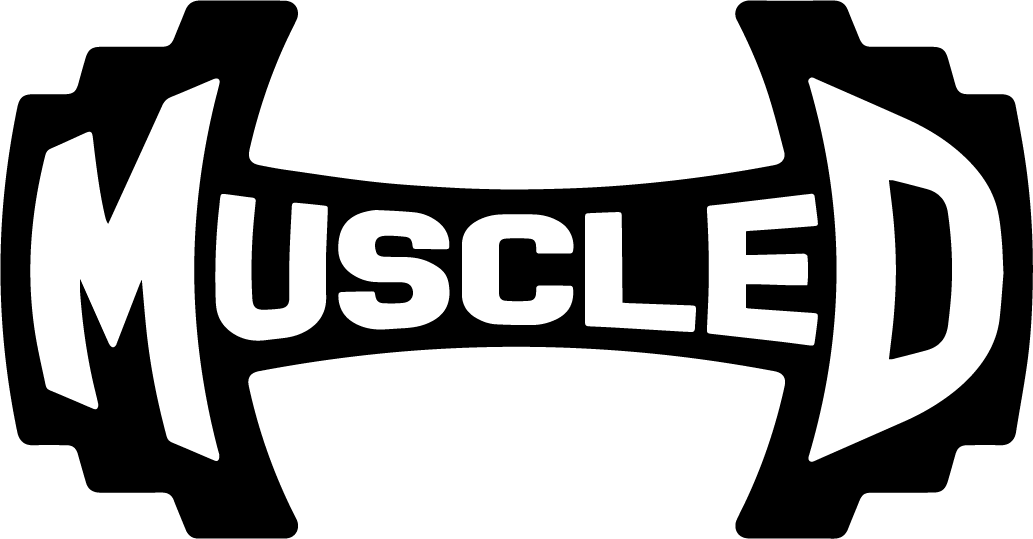
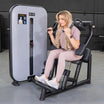
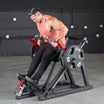
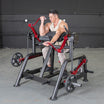
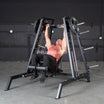

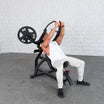
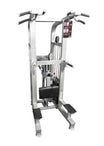
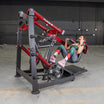
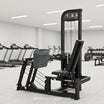
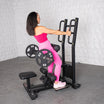
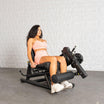

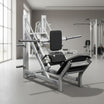
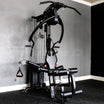
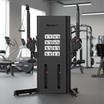
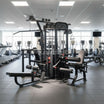
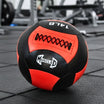
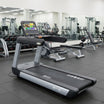

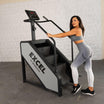
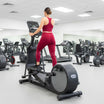
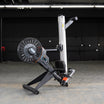
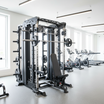
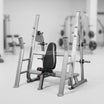
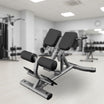

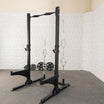

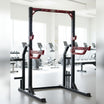
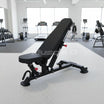

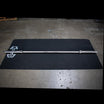
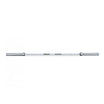
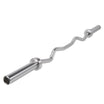
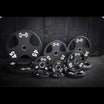
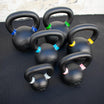
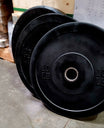
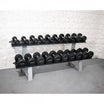

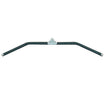
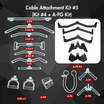
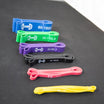

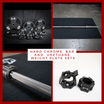
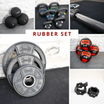


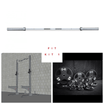

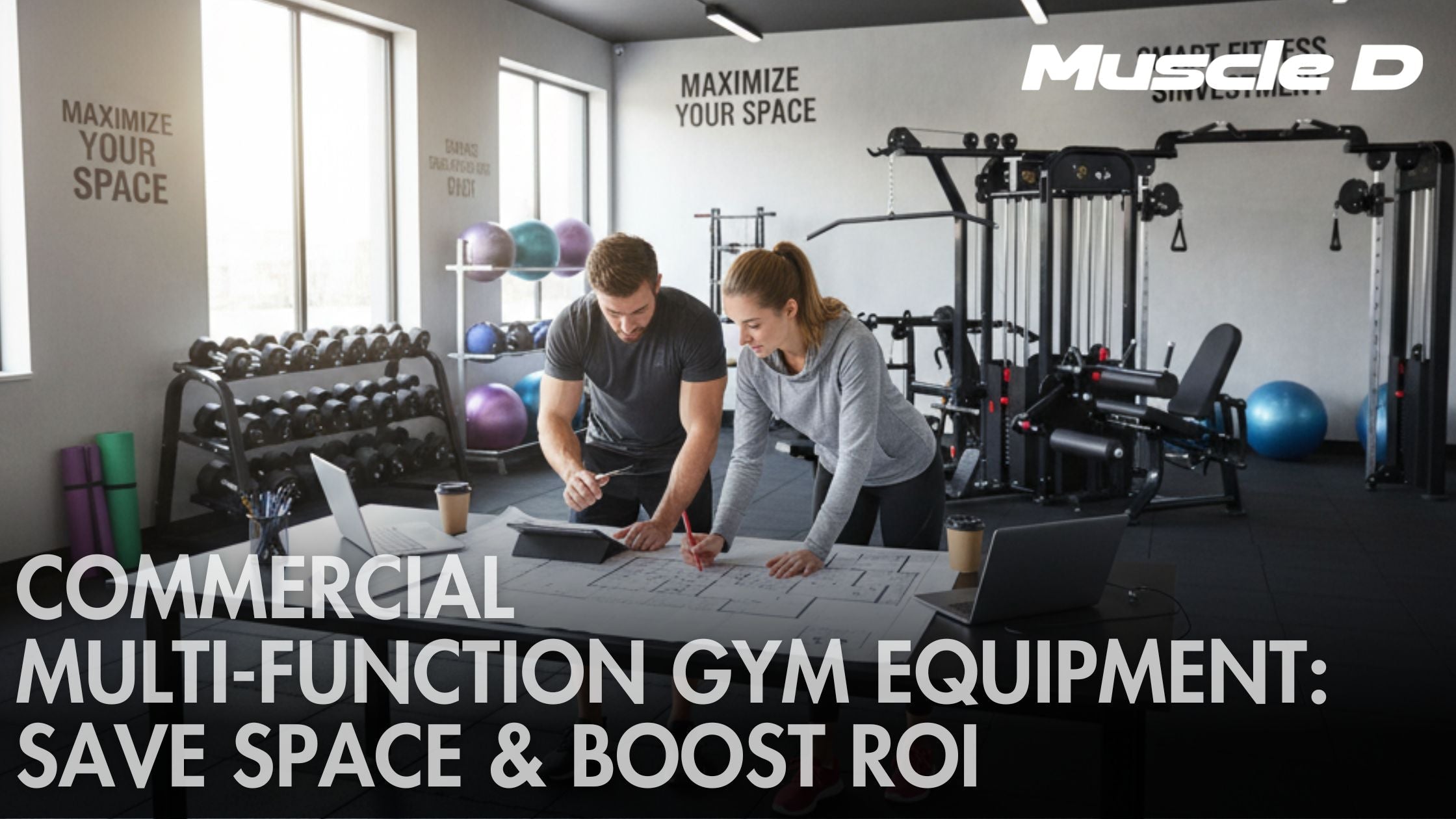
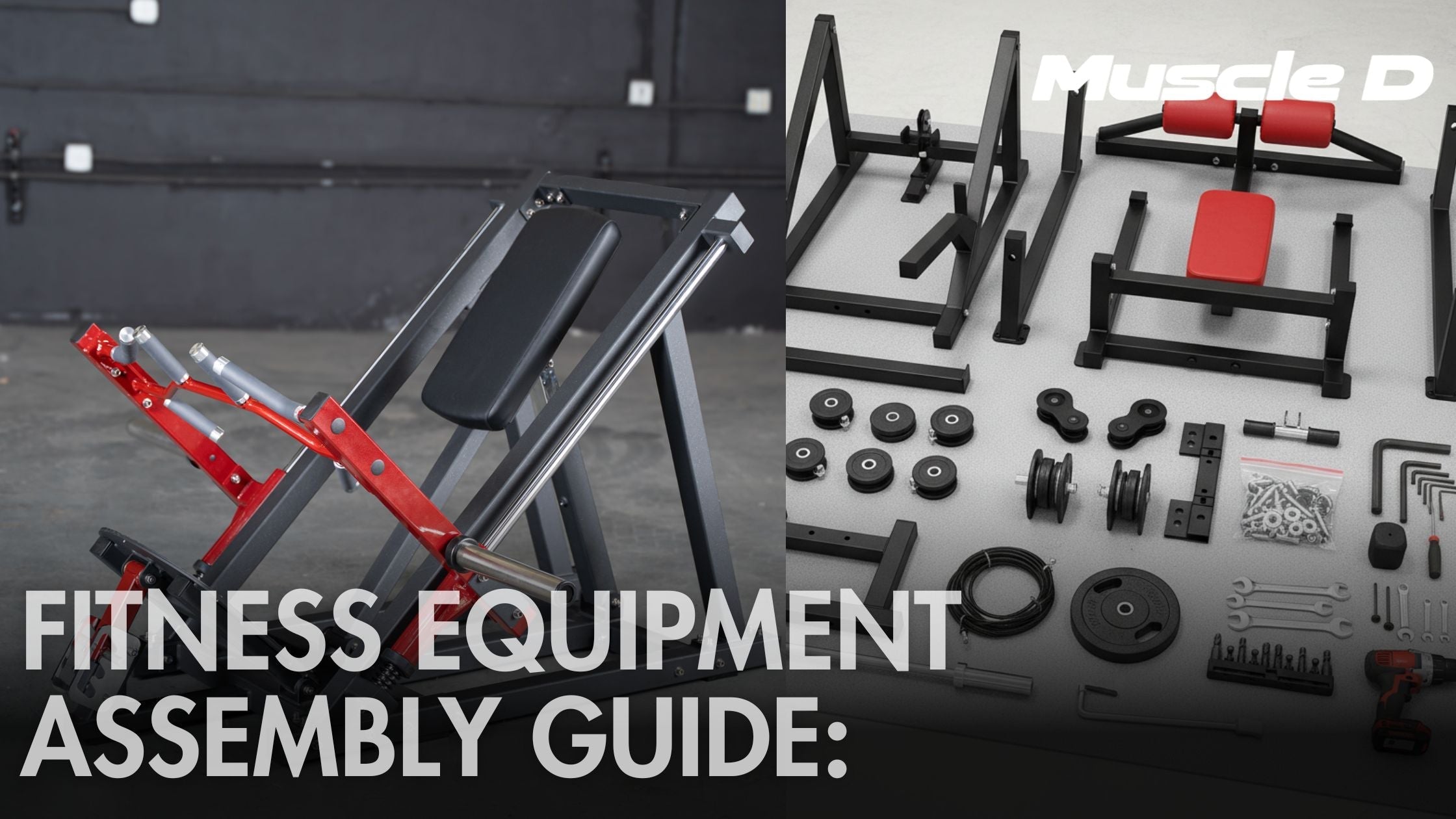

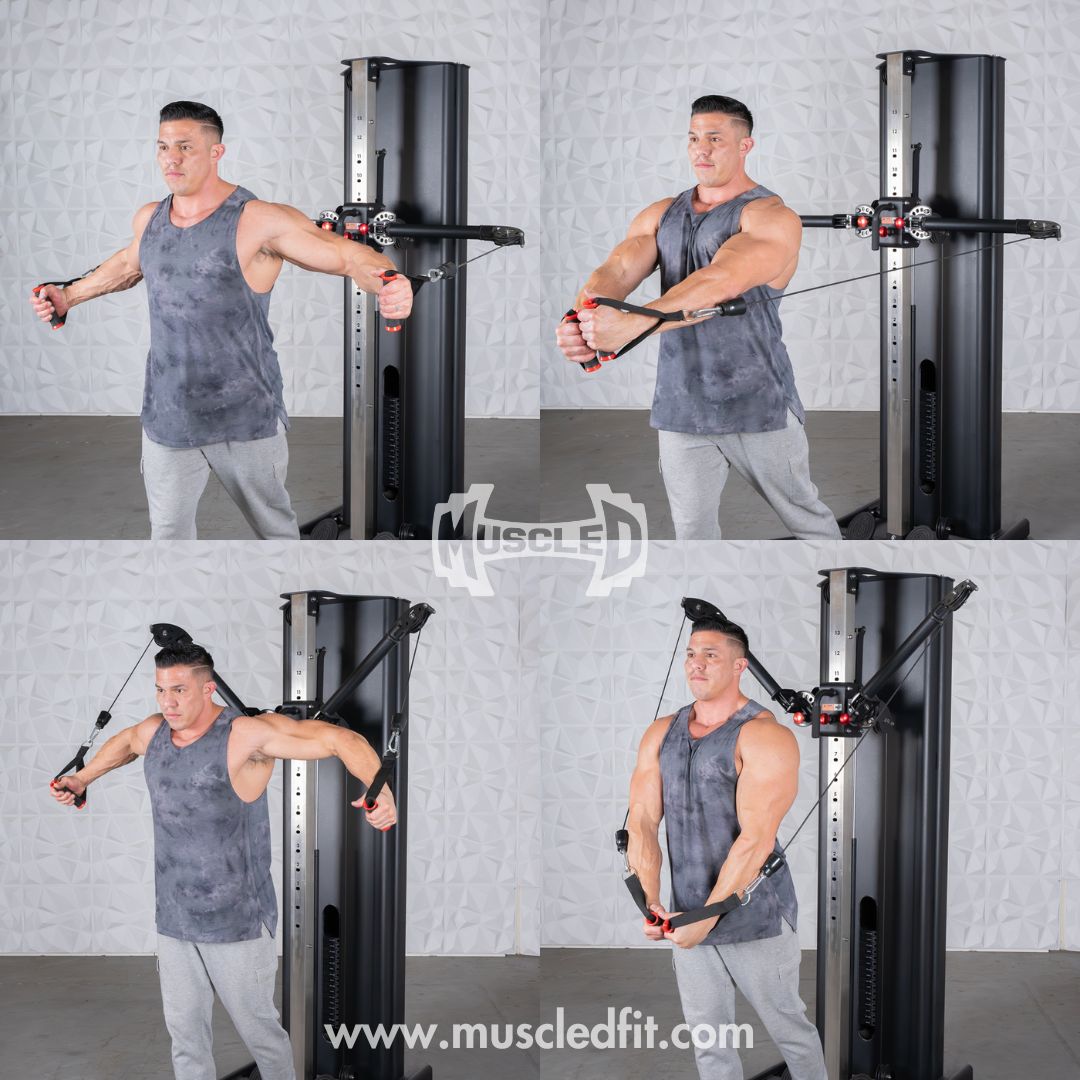

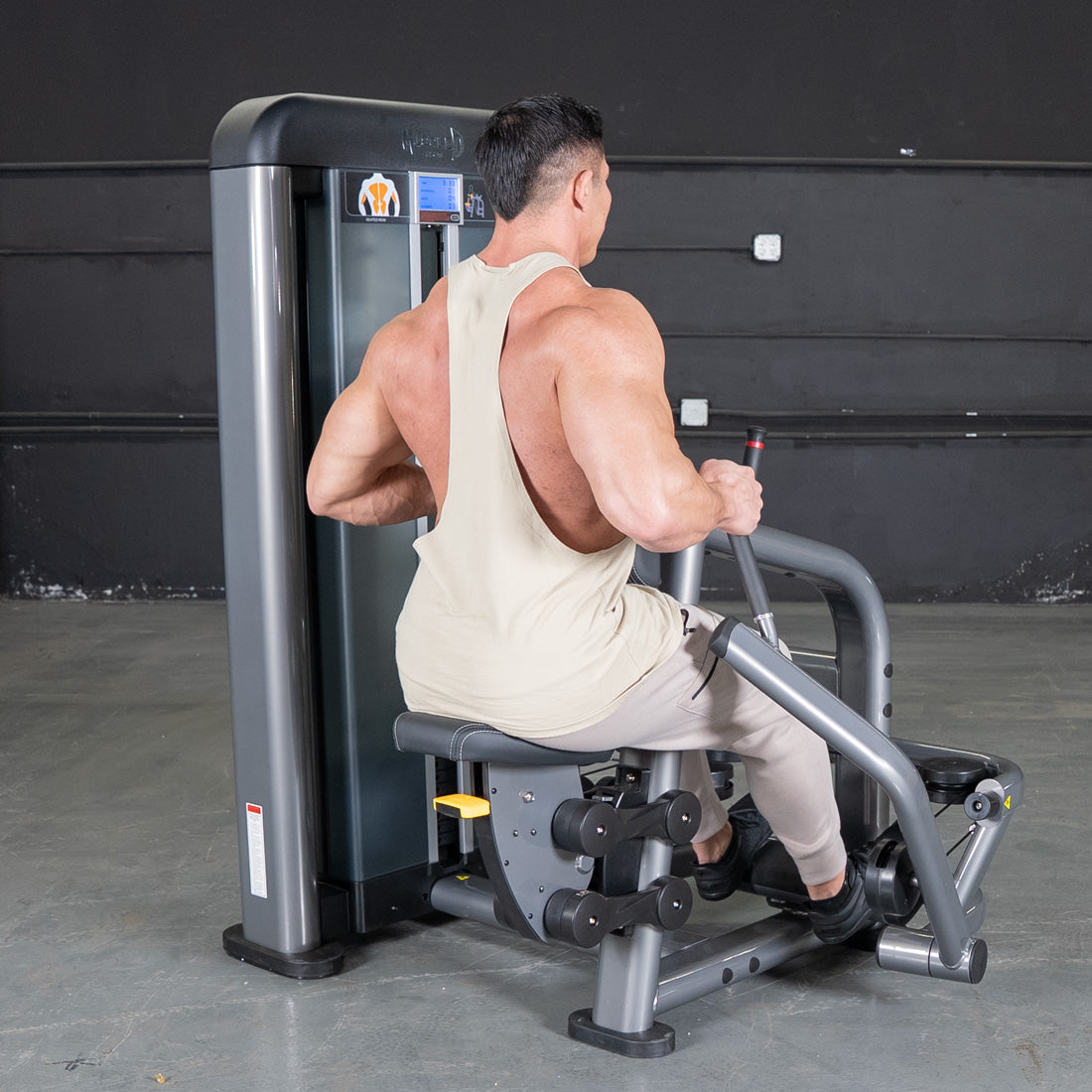
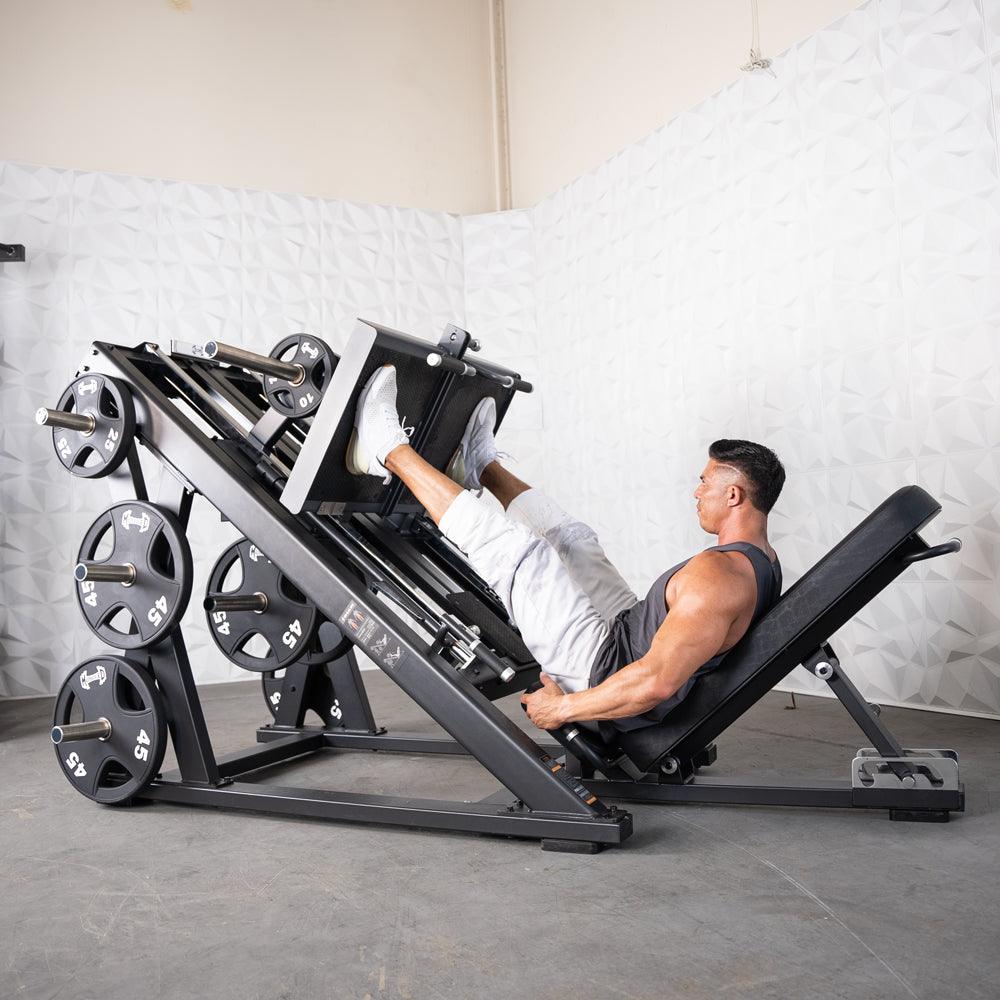
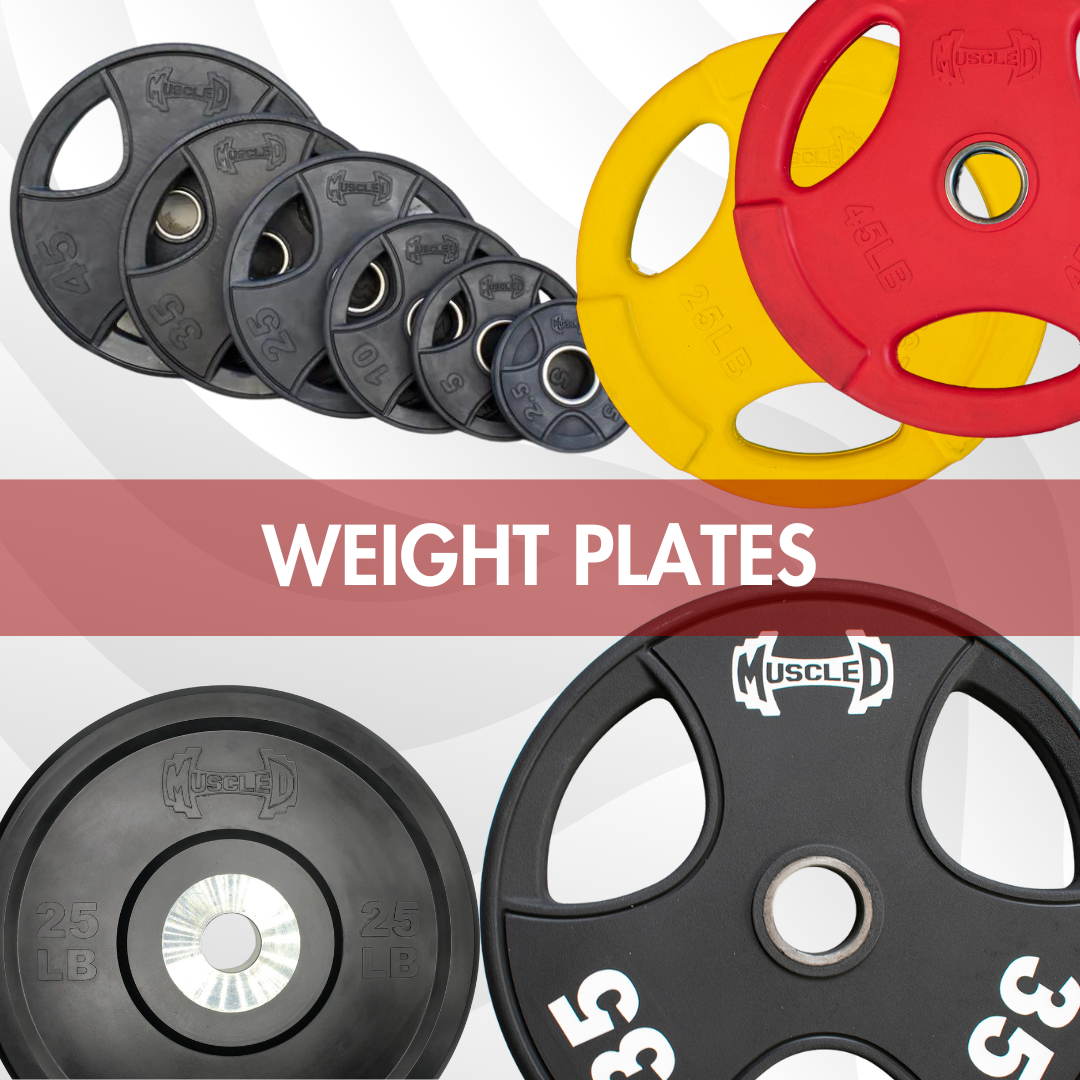
Dejar un comentario
Todos los comentarios se revisan antes de su publicación.
Este sitio está protegido por hCaptcha y se aplican la Política de privacidad de hCaptcha y los Términos del servicio.